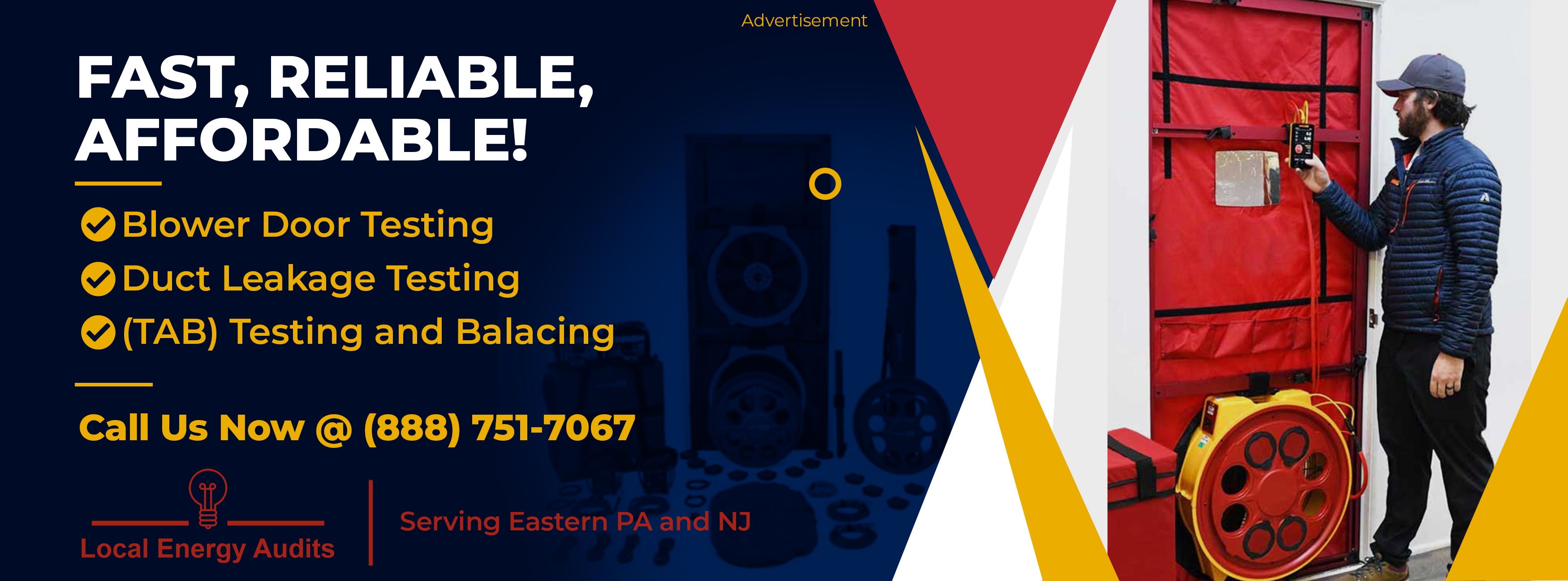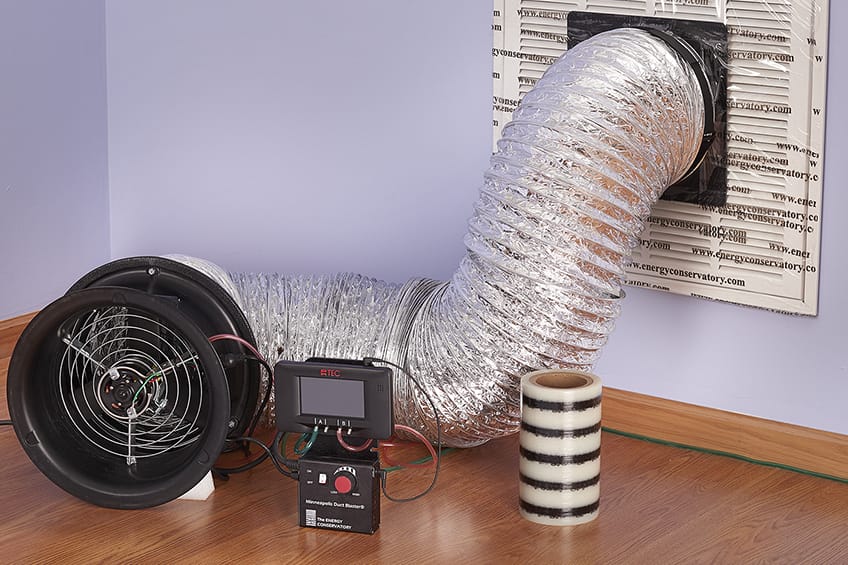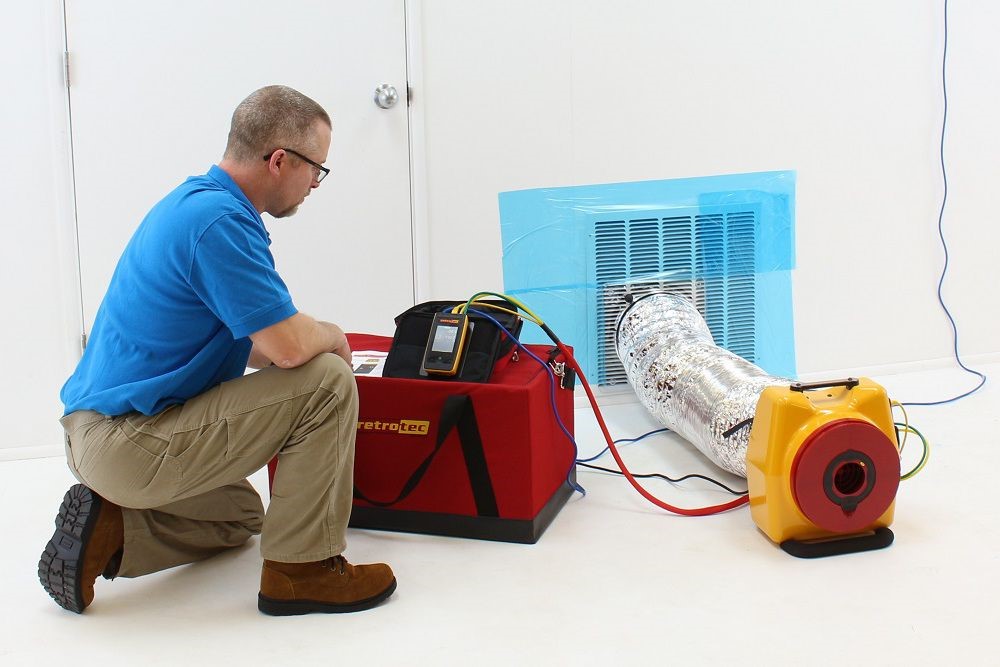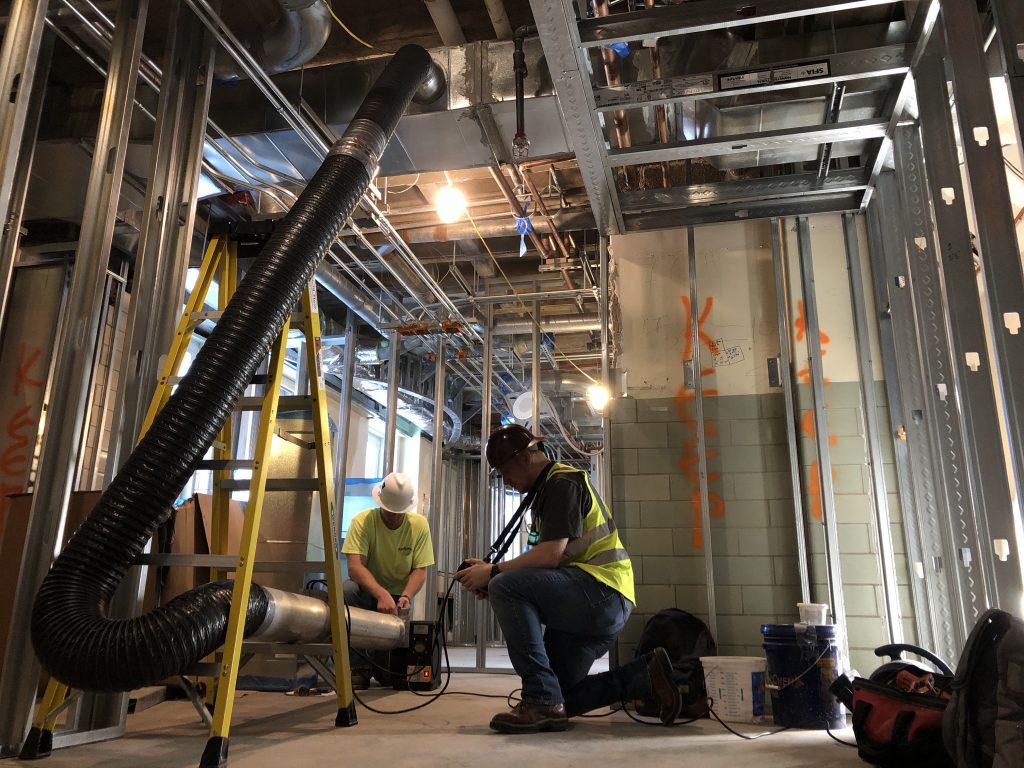

In the serene township of Old Bridge, NJ, where preserving energy and maintaining indoor comfort are paramount, NJ Energy Code stands as your trusted partner in ensuring the efficiency of your HVAC systems. Our specialized duct leakage test services are tailored to meet the unique needs of Old Bridge residents and businesses, helping you identify and resolve any issues within your ductwork systems promptly.

Expertise: With years of experience in the field, our team of skilled technicians possesses in-depth knowledge of ductwork systems and energy efficiency standards. We utilize state-of-the-art equipment and methodologies to deliver accurate and reliable results.
Compliance: Old Bridge, like many other municipalities in New Jersey, adheres to stringent energy codes to promote sustainability and conservation. Our duct leakage tests ensure that your property complies with these regulations, minimizing the risk of penalties and fines.
Energy Savings: Leaky ducts can result in significant energy wastage, leading to higher utility bills. By identifying and sealing leaks, our services help optimize energy efficiency, leading to cost savings and reduced environmental impact.
Indoor Air Quality: Inefficient ductwork can compromise indoor air quality by allowing pollutants and allergens to circulate. Our tests not only detect leaks but also contribute to improving indoor air quality, creating a healthier and more comfortable environment for occupants.
Professionalism: At NJ Energy Code, we prioritize professionalism and customer satisfaction. From initial consultation to final report delivery, we ensure transparent communication and timely service, guiding you through every step of the process.

By following a systematic duct leakage testing process, property owners can identify and address issues within their HVAC systems, ultimately improving energy efficiency, indoor air quality, and occupant comfort. Regular testing and maintenance help ensure that ductwork remains in optimal condition, minimizing energy waste and reducing operating costs over time.
Initial Assessment:
Preparation:
Pressurization:
Measurement:
Leak Detection:
Sealing and Repair:
Verification:
Documentation and Reporting:

Don't let leaky ducts compromise your property's energy efficiency or indoor air quality. Contact NJ Energy Code today at (856) 569-1010 to schedule your duct leakage test in Old Bridge, NJ, and take the first step toward a more sustainable and comfortable environment.